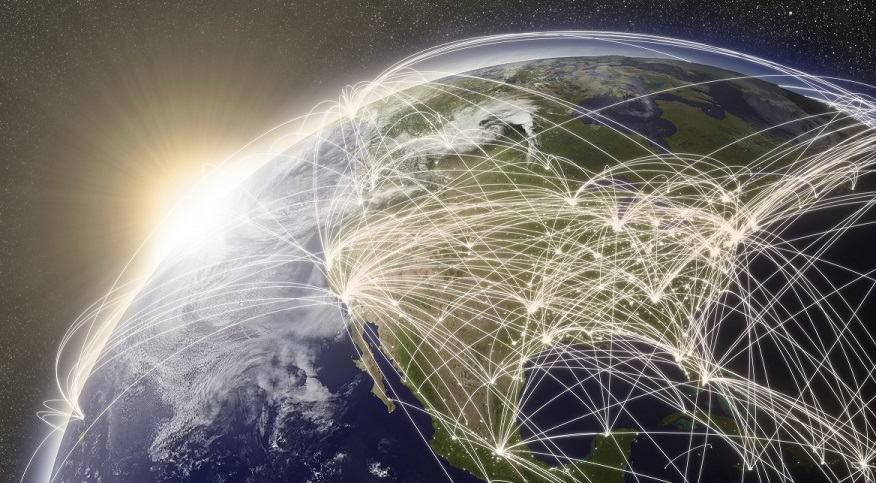Overcoming Common GIS Challenges in a Next Generation 9-1-1 System
Earlier this month I attended the NENA 2017 conference in San Antonio, Texas. As always, it was a great event to see old friends in the industry and...
Geographic Information Systems (GIS) is front & center in the march toward a fully-realized i3-based Next Generation 9-1-1 (NG9-1-1) environment. No longer considered a secondary, reactionary tool for Public Safety Answering Points (PSAPs), GIS is Identified as a key foundational element in the National Emergency Number Association (NENA) i3 specification.
Eventually all GIS shops – the people or departments in your organization that administer your GIS data – will need to share data with another entity. You can prepare for the upcoming mechanics of data sharing and even be a leader in establishing the “rules” or etiquette for proper data sharing.
There are many benefits to be gained. Entering into a data exchange arrangement with neighboring jurisdictions can be a great way to develop relationships with other agencies and can even help improve your data and workflows. Cooperative relationships and more comprehensive information can lead to improved regional planning and resource allocation throughout disaster situations, providing better coordination among response disciplines. Better information, shared and viewed by multiple incident commanders, leads to better decision-making and streamlined activities.
Preparing your own data for sharing is the best place to start. Lead the way in your data exchange by first developing the workflows to keep your data finely tuned and well documented, This involves fixing errors in your data, consolidating disparate layers containing similar features, standardizing attribute schemas and storage formats, and developing an objective and comprehensive quality review of the data you intend to share in the exchange.
Once you have prepared your own data for sharing, start the conversation by telling your future data partners why you are ready to share your data with them. This will help neighboring agencies understand how a data exchange can be beneficial to them. Be ready to discuss what data you have prepared to share and what you’re working on for the future. Outline the workflows you have developed to help your data partners understand how you plan to keep your data current, accurate and well maintained. This will encourage all participants in the data exchange to improve their own data maintenance procedures.
You may find that the neighboring agencies you wish to partner with already use vendors to manage some or all of their GIS data. In this situation it is usually best for the vendor to provide data only to the agency or agencies covered by their contracts. The personnel from those agencies should then be willing to provide their data to neighboring agencies involved in the exchange. Neighboring agencies should NOT be directed to a data services vendor unless expressly agreed upon by all parties involved. Talking through these situations can help avoid any confusion about who is responsible for doing what.
Consistency and communication will be the real keys to success. Consistency in data formatting and delivery methods, communication about schema changes and other workflow related changes is essential. None of this happens overnight, so starting conversations with potential data partners early and staying focused on your data are great ways to see positive results sooner.
You can create a viable yet flexible relationship between your GIS data, GIS software, and the people who access them for Legacy or E9-1-1, NG9-1-1, and everything in between.
Mr. Van Hoose is a Senior GIS Analyst at West’s Safety Services. In this role, he orchestrates and develops all operations of GIS services relating to the deployment of dispatch mapping products. Charles attended Stephen F. Austin State University; in 2010 he earned the first ever B.S. in Spatial Science.

Earlier this month I attended the NENA 2017 conference in San Antonio, Texas. As always, it was a great event to see old friends in the industry and...

One critical component of the transition to Next Generation 9-1-1 (NG9-1-1) systems is a shift from the use of tabular Master Street Address Guide...

An integrated approach to Geographic Information Systems (GIS) is essential to Next Generation 9-1-1 (NG9-1-1) Public Safety Answering Points...
.jpg)
With the transition to Next Generation 9-1-1, the role of geographic information systems (GIS) data transforms to a new level of importance. In our...